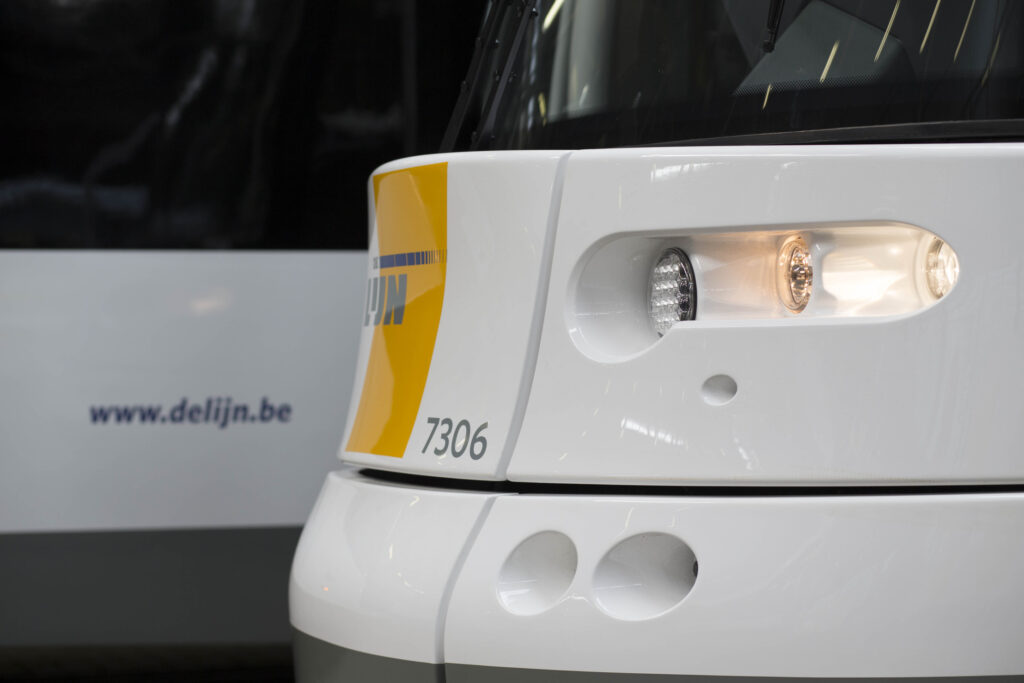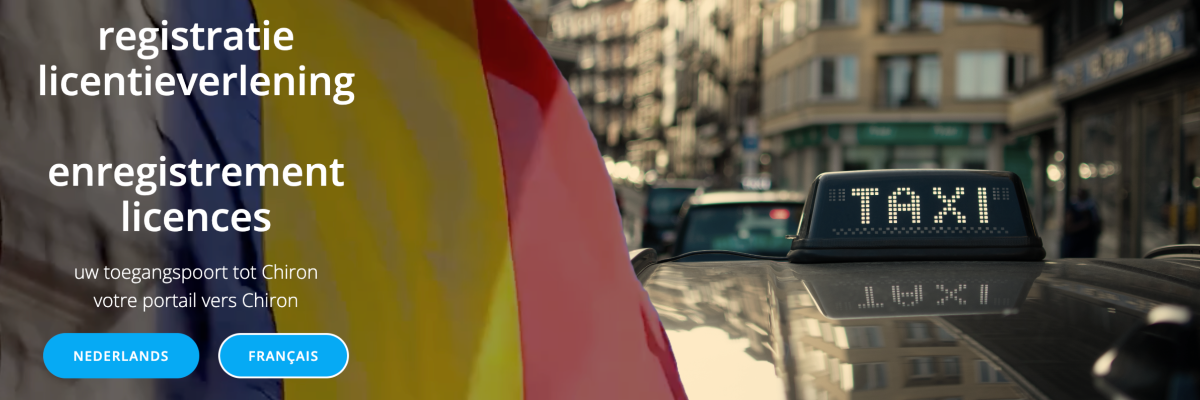The offer is better geared to the demand of travelers.
From 1 September 2023, the bus network in the Heuvelland region will change. De Lijn is adapting its network in phases in the context of Hoppin, the new mobility vision. In the Heuvelland region, you can count on a completely new network from September with four new bus lines between Poperinge, Heuvelland, Messines and Ypres.
New line 71 provides a fixed connection for the Heuvelland region
From 71 September, the new line 1 Poperinge-Mesen-Kemmel-Ieper will provide a direct connection from the Heuvelland and Mesen to the cities of Ypres and Poperinge. Today, the Heuvelland region has no fixed connection to Ypres or Poperinge, there are only a few trips per day.
With the arrival of the new line 71, there will now be a fixed connection on weekdays, every hour during rush hours and every two hours during the day. The new line runs from Heuvelland and Mesen to Poperinge via Dranouter, Westouter and Reningelst and to Ypres via Wijtschate, De Klijte and Dikkebus. All villages in the region are now connected to public transport. Line 71 also provides a direct connection to Poperinge hospital.
"The new line is a big leap for mobility in Heuvelland, together with the new cycle paths and the shared car, this makes public transport a fully-fledged option for residents."
Wieland Demeyer, mayor of Heuvelland.
Extra lines during rush hour for Heuvelland
In addition to the new fixed connection with line 71, there will also be three new lines during rush hour on school days Line 711 Ieper – Kemmel – Dranouter – Loker, line 712 Ieper – Kemmel – Messines – Le Bizet and line 713 Kemmel – De Klijte – Loker In Ypres, the new lines run directly to the station. A transfer between lines 713 and 71 is possible at the Loker Hoekjes stop. For example, during rush hours we provide a fast connection between the schools in Poperinge, Kemmel and De Klijte.
“The new network for our region is the result of constructive cooperation with all the cities and municipalities involved. We are very satisfied with this new network.”
Sandy Evrard, Mayor of Messines.

Learn more about the changes
From mid-June, De Lijn will offer extensive information and travel guidance via its website, app, folders and posters at the stops. You can already find a detailed description and plans of the new connections on the municipal pages. Printed leaflets are available in the town halls of the municipalities involved and in the Lijnwinkels.
A new bus network as a result of the Flemish Basic Accessibility Decree
De Lijn has been introducing a new network in phases since the beginning of this year. De Lijn's new network fits in with the new Hoppin mobility vision (basic accessibility decree) with which the Flemish government, together with the local authorities, is committed to more efficient, sustainable and flexible public transport.
The offer is better geared to the demand of travelers. The train, tram and bus remain fixed values. On busy connections, De Lijn focuses on faster and more frequent buses and trams. Flexible transport will be introduced in places where there is less demand for public transport. You can then book a ride in advance via the Hoppincentrale (telephone, website or app) or use a (shared) bicycle or shared car to cover part of your journey. You can transfer smoothly at a Hoppin point, a hub where various means of transport come together, such as train, bus, tram, shared systems or flex transport (flex bus or taxi), according to the Flemish Transport Company.



